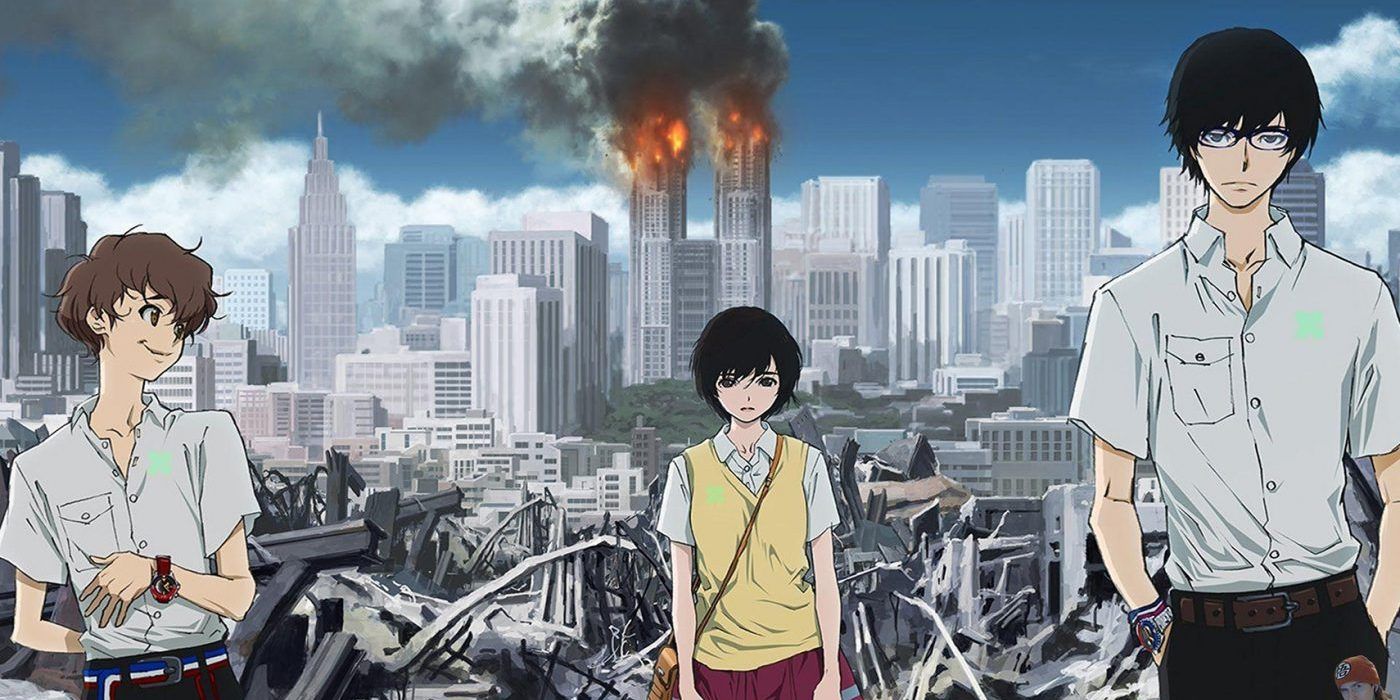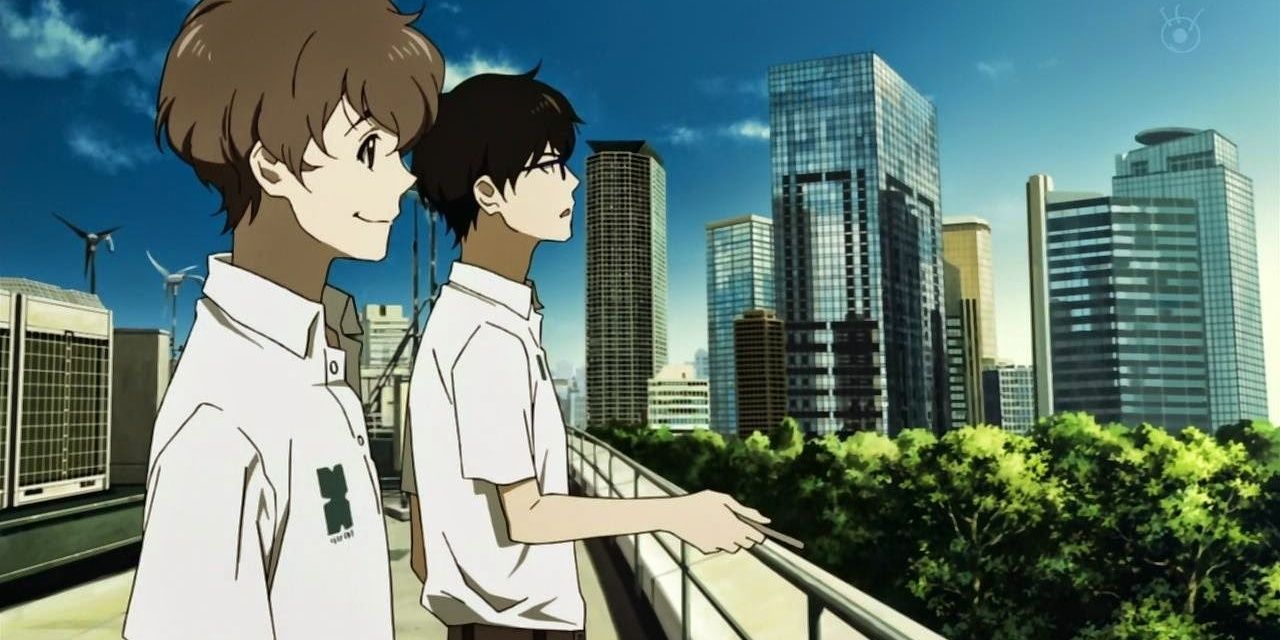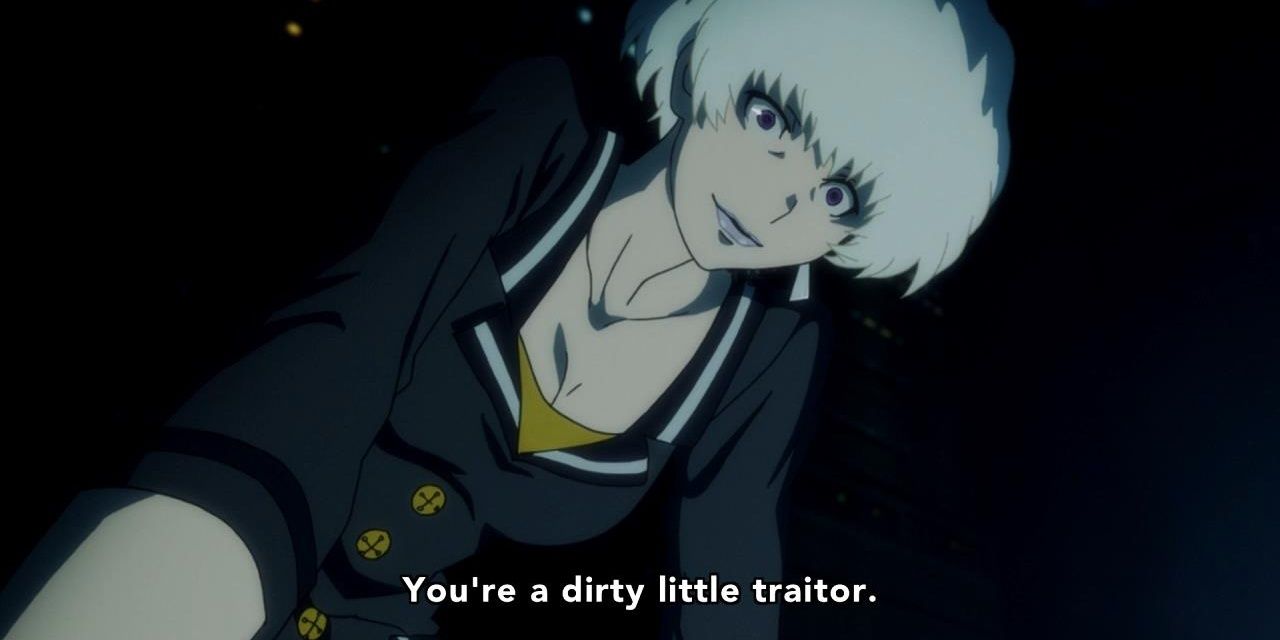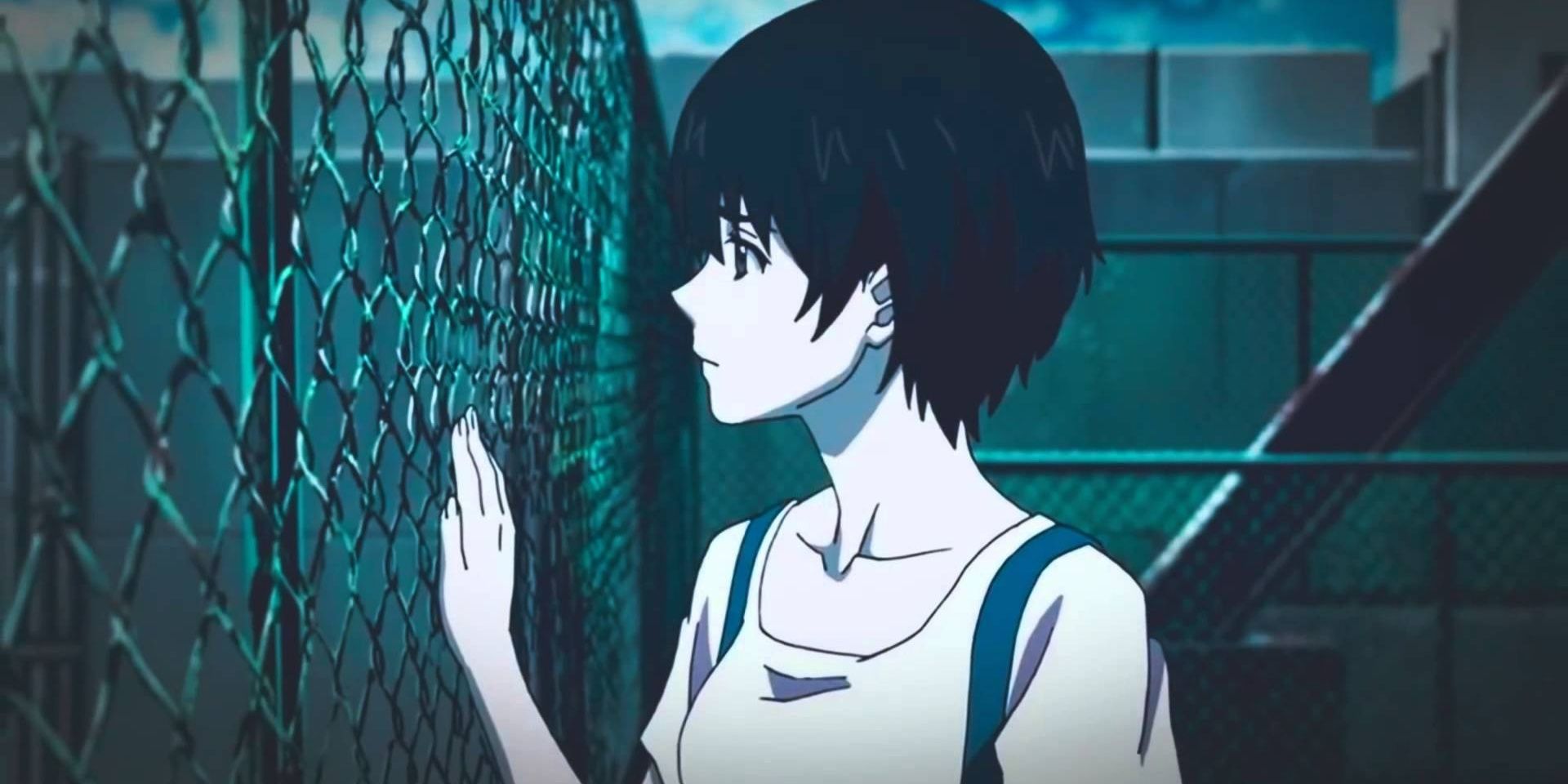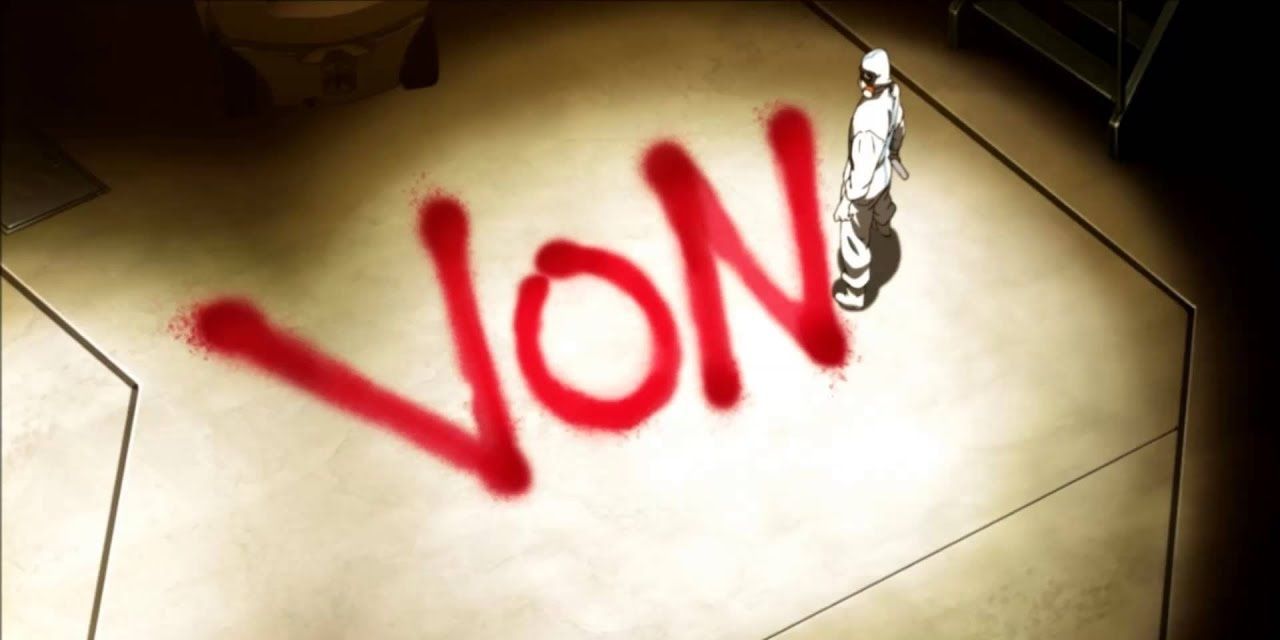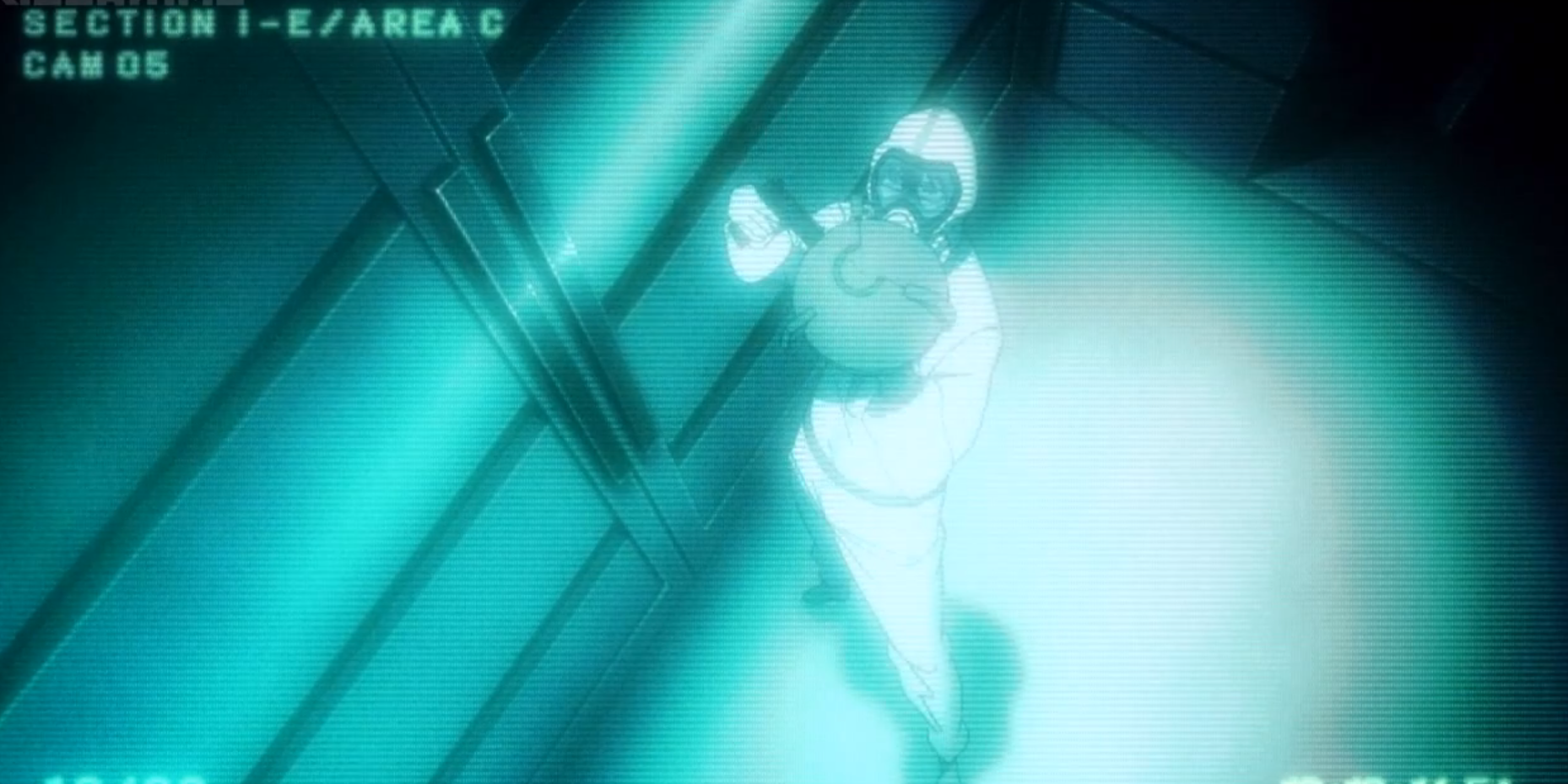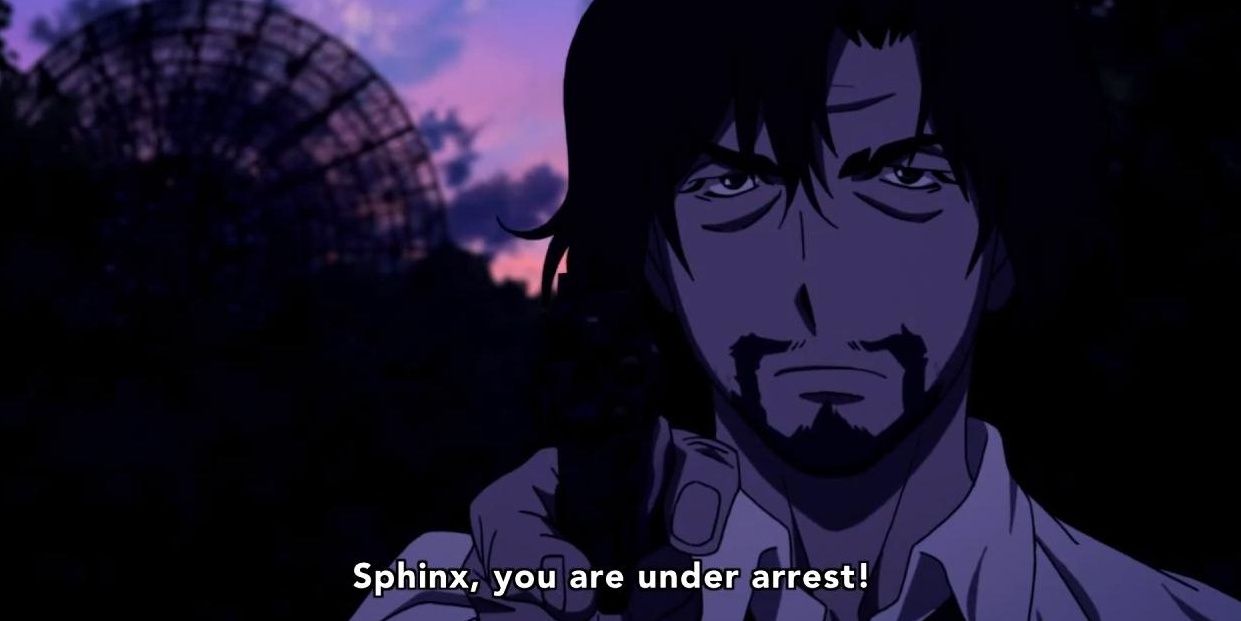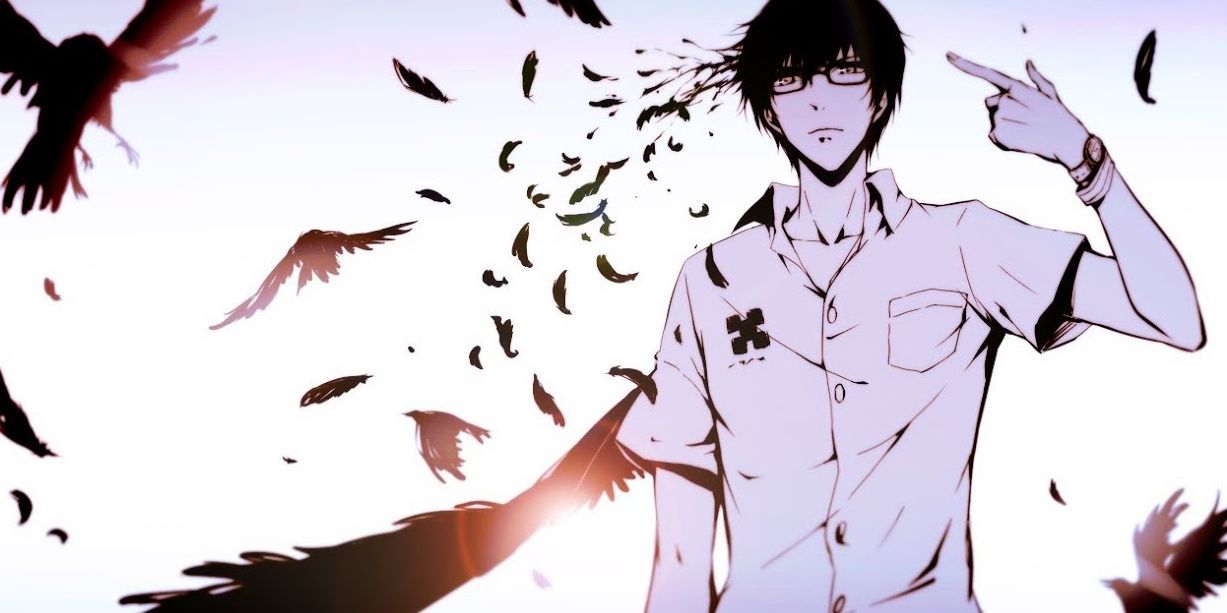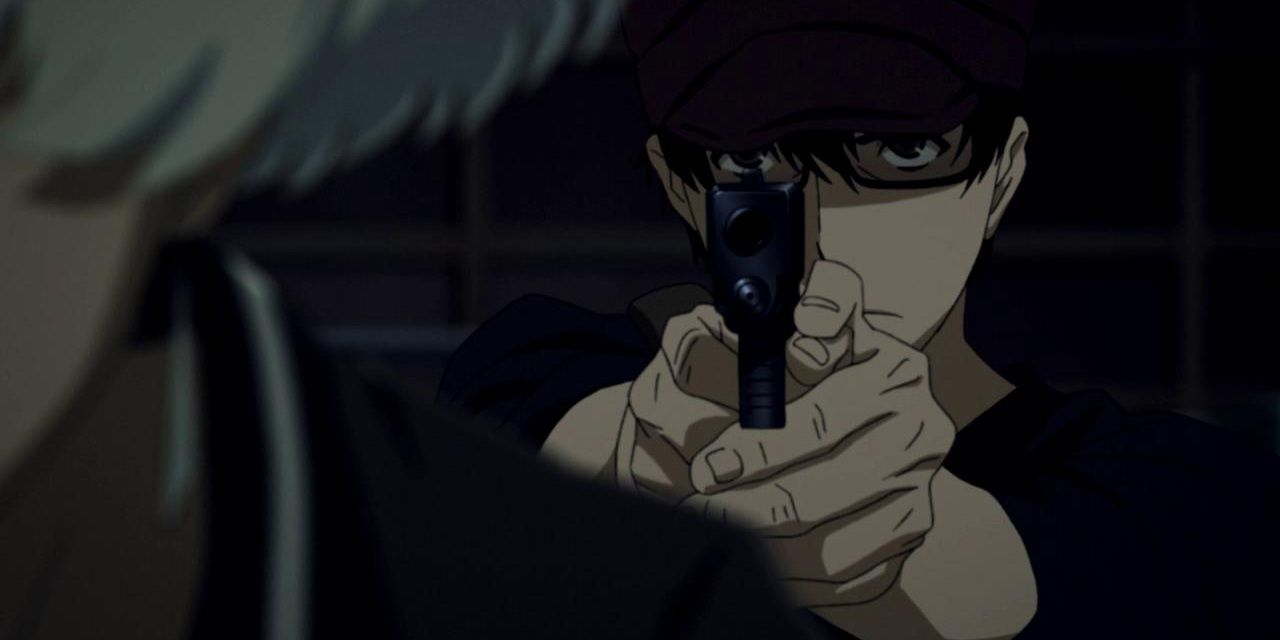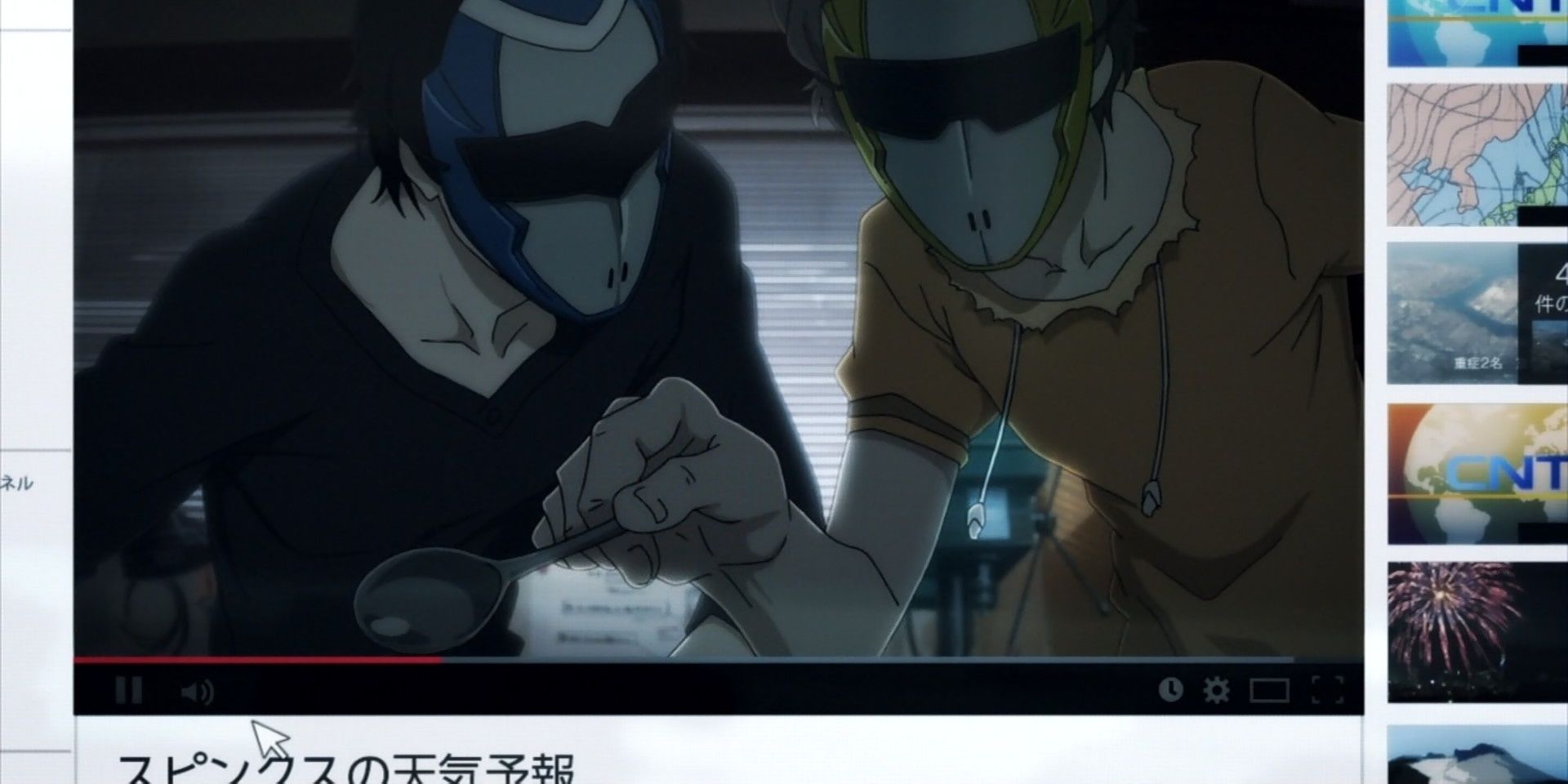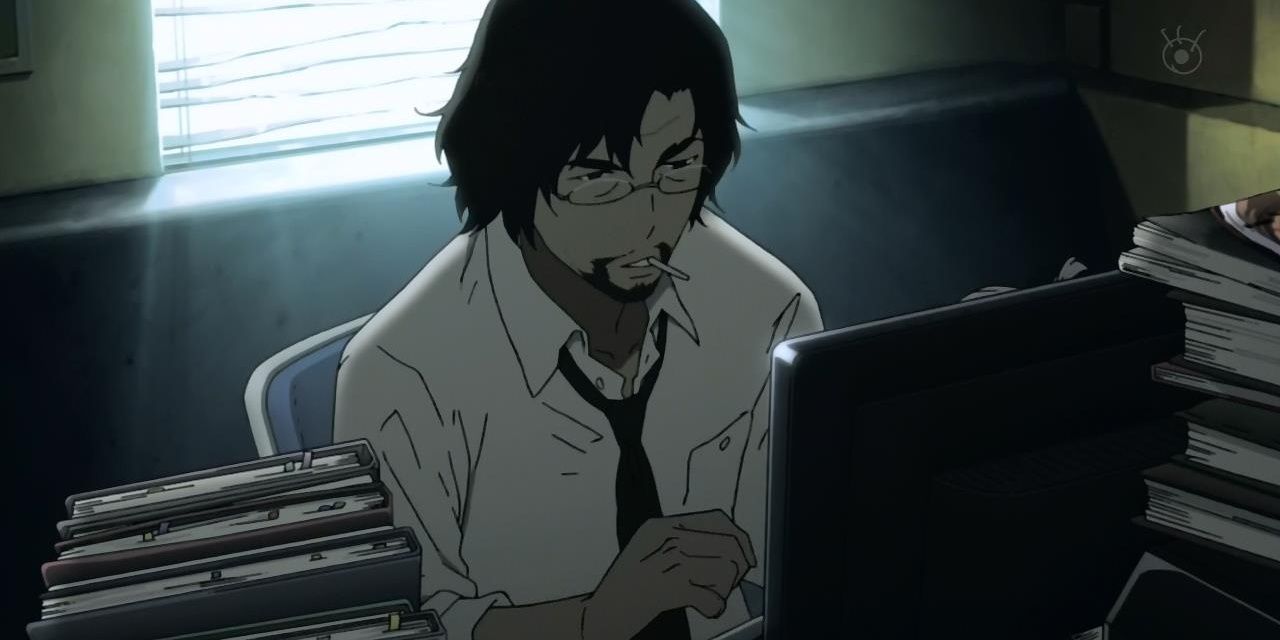Those well aware of the anime world knew that the hype surrounding Zankyou No Terror (or Terror in Resonance in English) was real. Created and directed by Shinichiro Watanabe, the series had music composed by Yoko Kanno. The duo had previously worked on popular series in the past, one of which was Cowboy Bebop, so expectations were very high from the series.
Produced by studio MAPPA, Zankyou No Terror (or ZNT for short) debuted on July 10, 2014 in Japan. By the end of the last episode, the series had created quite a split verdict among its audience - people either loved it or hated it. This article will, however, only share some points that explain why this anime shouldn’t be missed at any cost.
10 A Unique Plot Line
It is not often that one comes across an anime where its two main leads are not suspected, but actual terrorists who go on a rampage, blowing up blocks of Tokyo for their own agenda. Two teen boys, who are named Twelve and Nine, leave one anonymous message behind for unsuspecting people and the Tokyo police task force – ‘Tokyo will be enveloped by darkness after 3 pm.’
Needless to say, this message causes panic in the city, resulting in a chaos like situation. No one knows why the attacks are happening when the next attacks will be, or who is behind the attacks.
9 An Engaging Thriller
Every minute, the audience is left to wonder what will happen next. Many characters seem to have backstories, but they aren’t revealed immediately. Unfolding details about characters and their reasons for behaving in certain manners is often used to create big build-ups that often pay off.
For example, what’s the significance of the word VON to Twelve and Nine? Why does Twelve show kindness to Lisa, and Lisa alone? Why does the terrorist duo keep giving police riddles to help solve the locations of their next bomb blasts?
8 Its Unique Art And Animation
Kazuto Nakazawa’s character designs have always stood out, be it the ones in Cowboy Bebop or the ones in Samurai Champloo. The man doesn’t hesitate to experiment, and sometimes experimentation means doing things as simple as possible.
The art and animation in ZNT are simple and clean. The soft, moe girl has a round head with saucers for eyes, while the heroes are complete bishies. One can see the years on the lines and wrinkles on the face of detective Shibazaki, while the US agents look like their usual buff, dumb and arrogant selves. Essentially, every character looks their part and the sole credit to this goes to Nakazawa's carefully drawn character design styles
7 The Show’s Enthralling Music
Yoko Kanno’s track record includes notable series like Darker than Black, Space Dandy and Cowboy Bebop. So it comes as no surprise that the music in Zankyou is quite distinct and complements its eerie and haunting theme. Two pieces stand out the most among all its musical compositions.
The first is the ED (Dare ka Umi). The unsettling but calming song showcases its listeners with Lisa’s loneliness and internal struggles, the bullying that she faced and how she only has a mentally unstable mother to call “family”. The second composition is VON. With violins playing melancholically in the background, fans witness the tender moments Lisa and Twelve share, before they have to part again.
6 An Original Screenplay
Anime fans are well aware of how a vast majority of anime are adapted from manga, while a small number of them are adapted from light novels. The reason behind this is simple – if a manga or a novel fails to attract readership, it doesn’t cost the publishers much. The art is in black and white ink and the stories are never standalone – they’re always published alongside several other manga chapters.
However, original series air on TV, which requires a lot of commitment financially. Even if a series fails to attract viewers, the show’s producers have to finish airing the series. Koi No Katachi, Code Geass, Gurren Lagann, Cowboy Bebop and Death Parade are the best examples of series with no manga adaptations.
5 A Disgraced Detective With A Backstory
Without a doubt, detective Shibazaki is the highlight of the series. This disgraced cop with no family and no one to mourn his death is the perfect foil to Nine and Twelve. Both sides have nothing to lose, both give their jobs their all, and both are fueled by intensely personal motivations for doing what they’re doing.
Shibazaki is without any doubt, an extremely intelligent person who’s become disillusioned with all the red tape in Tokyo’s police force. Yet, his sense of duty pushes him forward to catch hold of Sphinx and save the citizens of Tokyo, even if it means never getting an iota of credit or fame for his work.
4 The Subvert Symbolism
Every episode, every song and every song’s visuals in ZNT is ripe with symbolism. While it’s impossible to discuss this symbolism at length in such a limited space, it would be a crime to not mention the most obvious influence in the series – Greek mythology. The theme of Oedipus can even be said to be crucial to the cat-and-mouse game the terrorists and the detectives play with each other.
Other symbolic influences include Nine and Twelve calling themselves the Sphinx, the Japanese government rewriting their constitution to gain more control over the military, the constant interference of the US government in the internal affairs of Japan (no surprises there), and of course, VON.
3 Main Characters Who Aren’t Completely Vanilla
One of the biggest clichés that anime protagonists suffer from is being insufferably good (in the short term), even if it means massive repercussions in the long term. Like letting the bad guys get away, instead of killing them because that would be against their moral compass. This is why cunning and shrewd characters who kill the bad guys and are able to evade the police, are unanimously cheered by the audience.
The best examples would be Light Yagami and Lelouch Lamperouge. This is why, two arrogant teenage boys who terrorize the city of Tokyo in order to get everyone’s attention towards something terrible happening in the city, gets an instant thumbs up from fans and haters alike.
2 The Sense Of Realism
One of the most riveting aspects of ZNT is how it portrays everything in the show. Right from the perps avoiding CCTV cameras, to buying the readily available ingredients for their bombs from drug stores – everything can, and has been done in real life. Incorporation of real-life technologies like Twitter and YouTube, and how the police and the citizens of Tokyo react to every new piece of information they get, is exactly how it has kept happening every time any city across the globe becomes a victim of a terror attack.
Bureaucracy, political rivalries, police ineptitude, callous attitude of the media – the list is endless. The more of their real-life the audience sees in the anime, the more they become invested in it.
1 Its Similarities With Death Note
Whether or not one is an anime fan, it’s hard to not have heard of Death Note. A lot of DN fans bemoan the paucity of similar anime, and while ZNT is not on the same level as DN, its thriller content more than makes up for its flaws. Both DN and ZNT are mind-games where evil geniuses lock horns with intelligent detectives in the police force.
The stories too are essentially the same – the police are out to get an unnamed terrorist (who has a public alias) with unknown motives, who has been putting at risk the balance of the city, by threatening to kill people if they don’t get what they want – which is the non-interference of the authorities. Both shows are essentially cat-and-mouse games with enough thrills and plot twists to keep one on the edge. Both also have, in the interest of full disclosure, extremely poorly written female characters that are used as nothing but plot devices.

